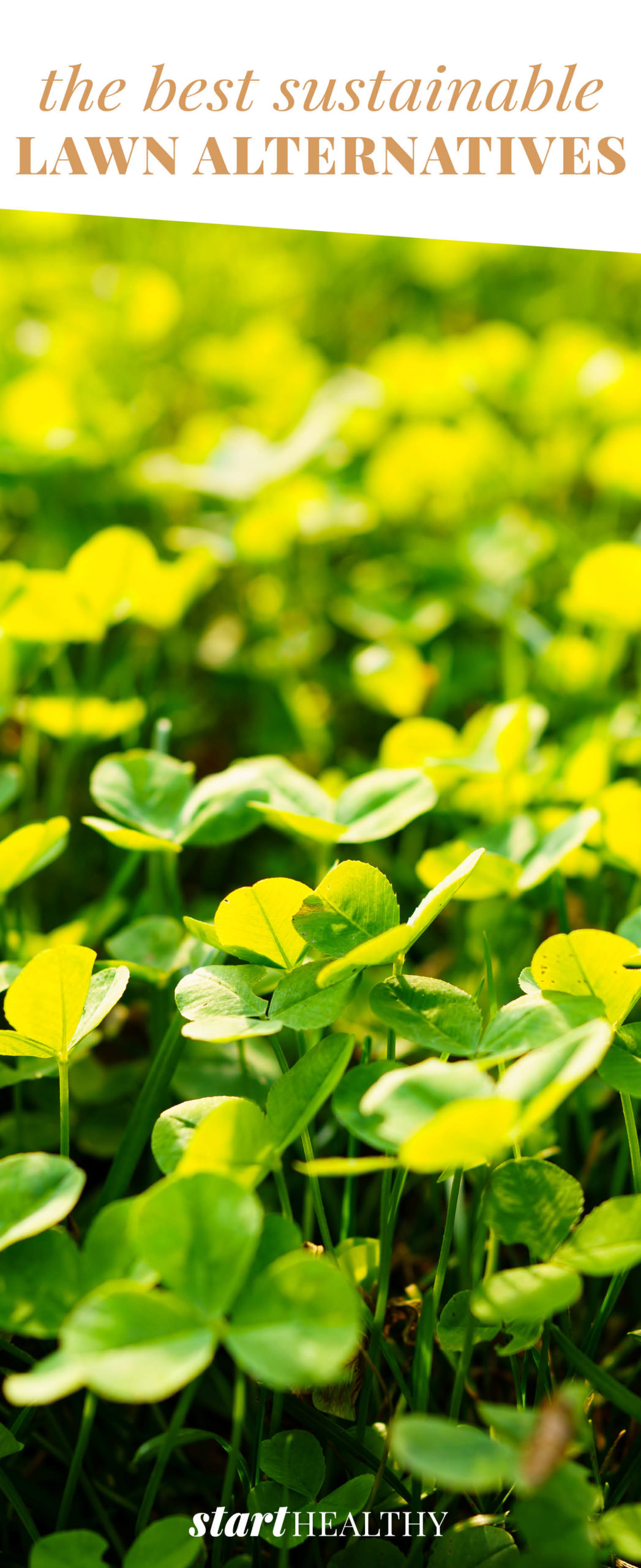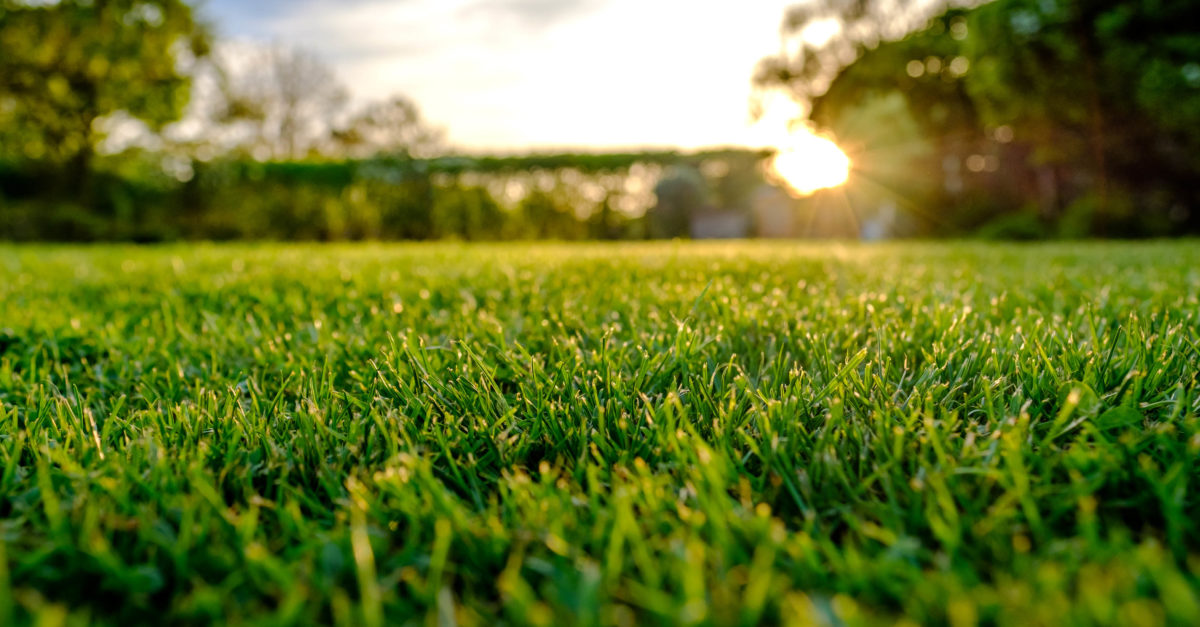The Best Sustainable Lawn Alternatives
For many homeowners, a lush lawn is a source of pride and a sign of dedication.
However, caring for your lawn can take a lot of effort and can also negatively impact the environment. If you struggle to maintain your lawn or are looking to change up its appearance, these sustainable lawn alternatives will give your yard a fresh look that is sure to boost your curb appeal.
The impact of lawn care
Everyone agrees that a well-maintained lawn looks terrific. But the Environmental Protection Agency reports these statistics that shed light on the environmental impact of lawn care:
- In the United States, gas-powered lawnmowers may contribute to as much as 5 percent of total air pollution.
- 12 percent of municipal waste come from yard debris, such as grass clippings and tree branches.
- 30 percent of household water usage goes to outdoor use, but it can be as high as 60 percent in dry regions.
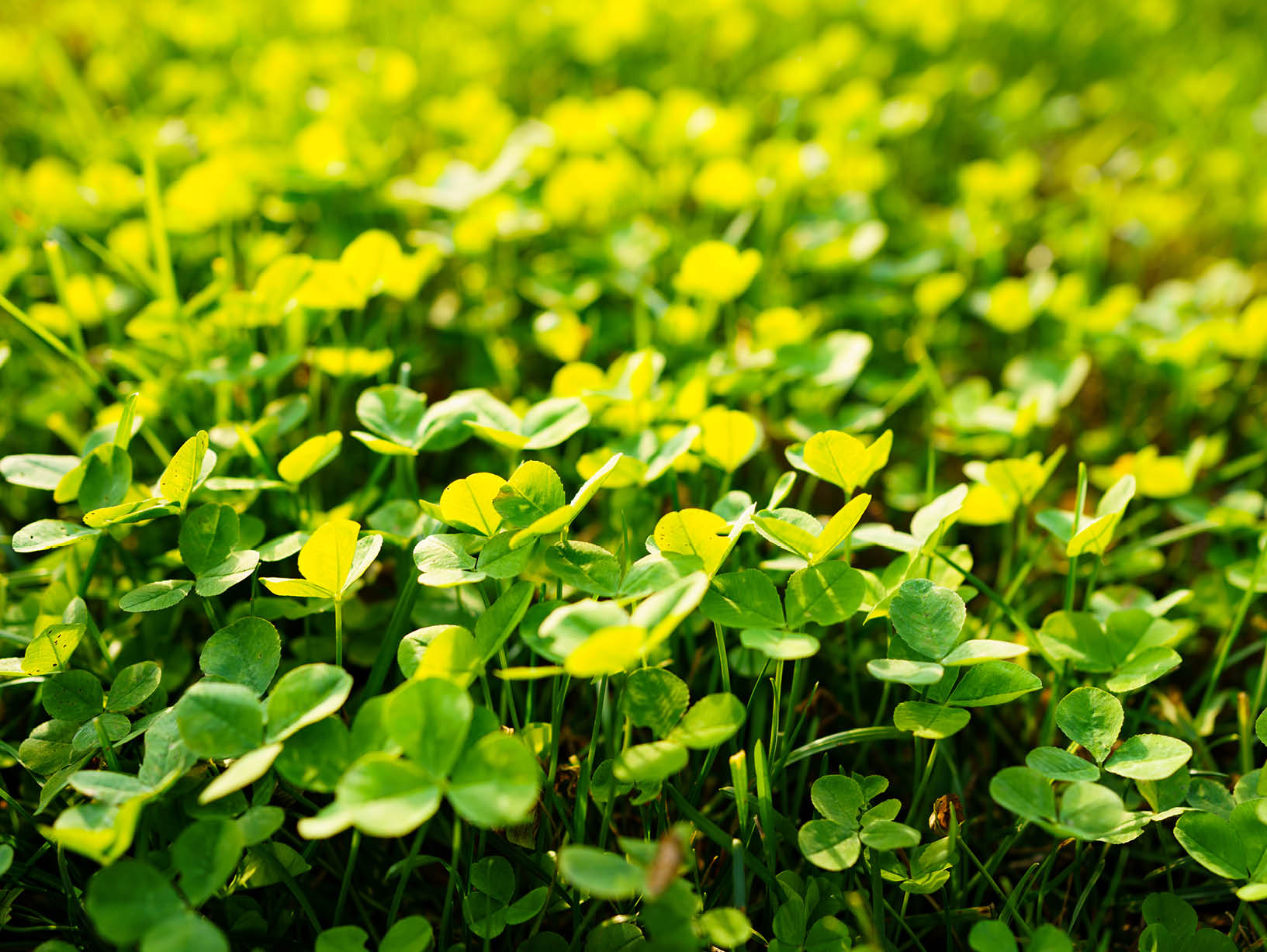
Lawn alternatives
There are a variety of sustainable lawn alternatives to choose from, but selecting plants native to your area can help your yard thrive. Native floras flourish with the soil conditions, rainfall, and climate of your region while standing up to local pests and diseases without the assistance of damaging pesticides.
Moss
Perfect for shady yards, moss grows well in any kind of soil and requires little to no weeding, fertilizing, or watering. There are various mosses to choose from, so consider mixing a few types for an everchanging carpet of color. While moss isn’t as hardy as a turf lawn, it can stand up to moderate foot traffic. If you struggle to keep moss out of your yard, it might be time to give in to it.
Clover
Clover could be the plant for you if you have below-average soil quality, as it’s a natural fertilizing agent. Clover takes nitrogen from the air and deposits it into the ground, creating an absorbable fertilizer that will benefit the clover itself and surrounding plants. Additionally, clover requires little to no maintenance, and allowing a clover lawn to bloom can attract pollinators, such as bees and butterflies.
Creeping perennials
Add low-growing creeping perennials, such as creeping thyme and creeping Jenny, for eco-friendly lawn replacements that create a tapestry of color. These plants can provide foliage throughout the year and bloom with fragrance and flowers in the spring and summer months. Some creeping perennials are perfect for both full-sun and partial-sun areas, so you’ll have a chance to pick and choose what works for your yard.
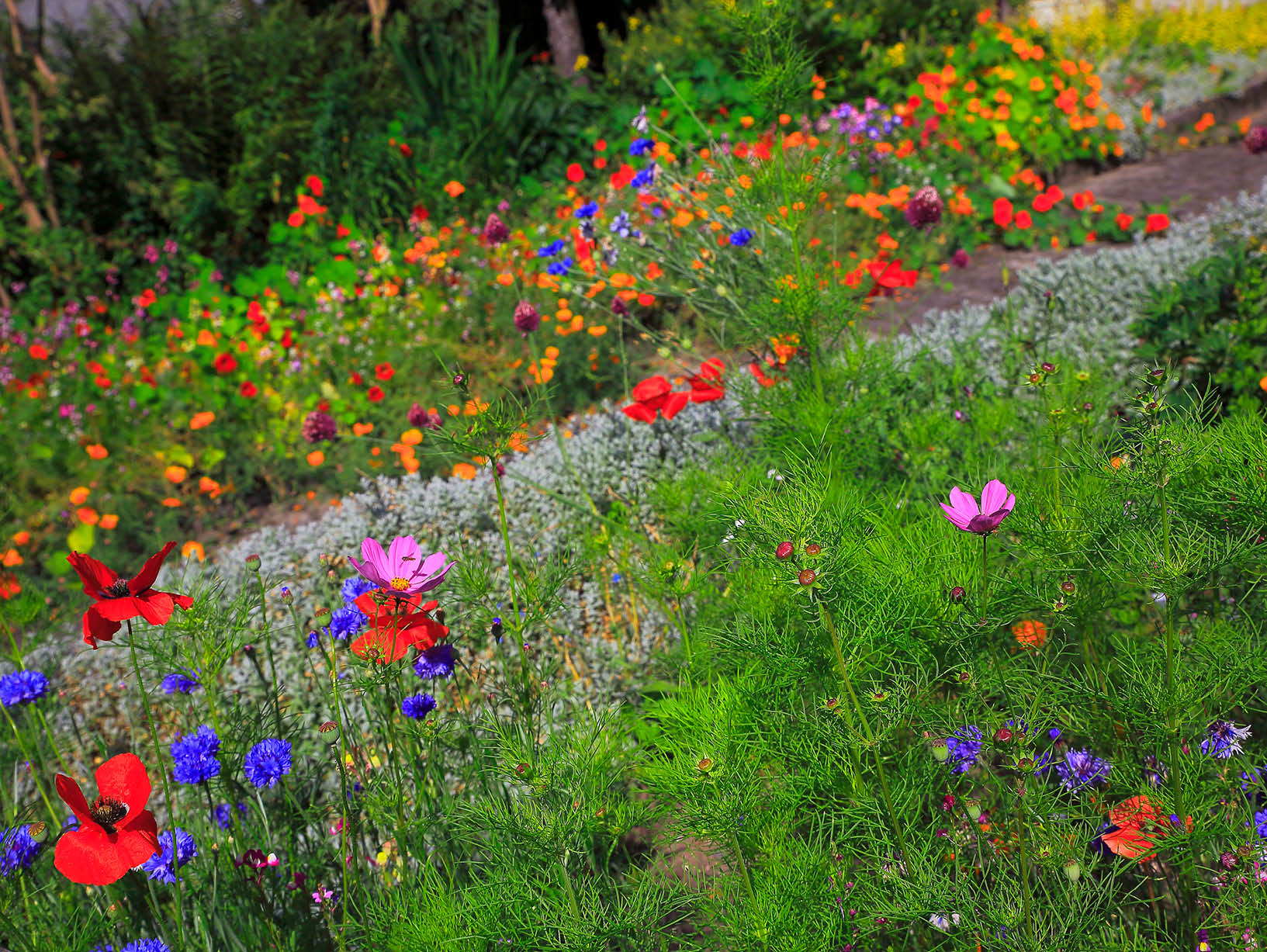
Wildflower meadow
If you’re looking to cut regular mowing and watering out of your schedule, consider replacing your lawn with a wildflower meadow. These meadows are easy to grow, require less watering than grass, and provide beautiful scenery during blooming seasons. Best of all, you’ll provide food sources for local wildlife. Keep in mind a wildflower meadow isn’t suitable for high foot traffic or play areas for children or pets.
Ornamental grasses
You’ll find a variety of ornamental grasses in different hues that require no mowing, need little fertilization, and thrive in a variety of soil conditions. They also become drought resistant once established. Ornamental grasses grow into distinct sizes, with some becoming a few feet high while others stay low to the ground. One drawback with ornamental grasses is that they don’t allow for much foot traffic, making them an excellent option to pair with other lawn alternatives.
Trees
Replace portions of your existing grass with native trees to reap multiple benefits for your lawn and the ecosystem. Trees can help reduce your carbon footprint, as they absorb carbon dioxide and release oxygen. They also help reduce your heating and cooling costs by providing shade in summer and protecting your home from cold winds in winter.
Food gardens
Create space for a garden to benefit the appearance of your yard while improving the culinary experience in your kitchen and lowering your grocery bill at the same time. You can experiment with a variety of produce in either a single large plot or a few smaller beds around your yard.
Functional areas
You can always replace portions of your lawn with areas specifically designed for dining and lounging, which may motivate you to spend more time in your outdoor space with loved ones. Don’t forget to add some pathways made of stepping-stones or pavers with ground cover in between each one for a stylish addition.
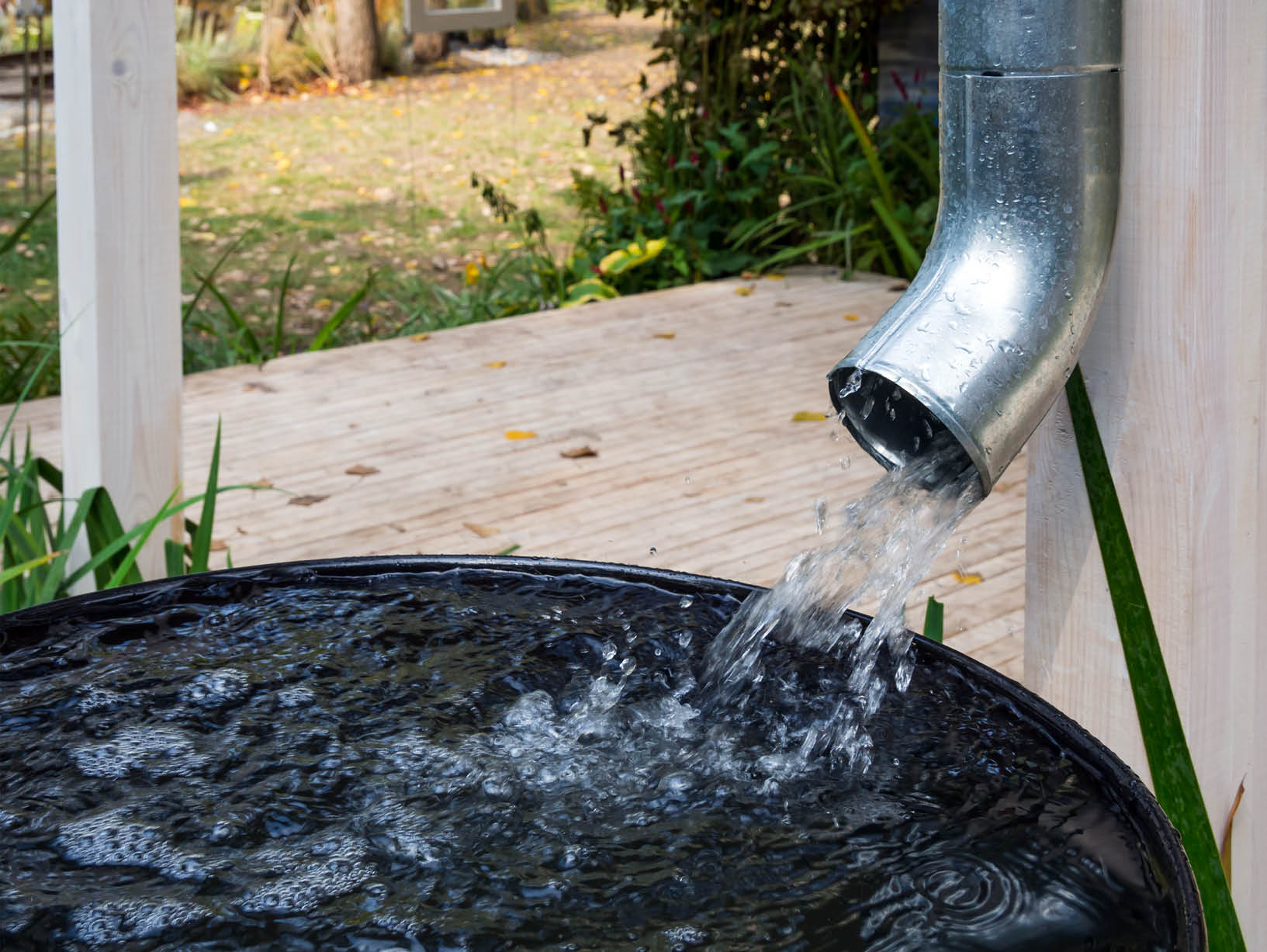
Growing tips
Once you choose a sustainable lawn alternative, you’ll want to give your yard the TLC it needs to thrive. Try implementing some of these eco-friendly growing tips into your routine to help your new space succeed:
- Install rain barrels to collect stormwater runoff from your roof and gutters. You can use the fresh water to hydrate your yard and plants and reduce your environmental footprint. Make sure to check your local laws and regulations before installing.
- Start a compost pile to use as fertilizer for your lawn or garden. Your compost bin should contain a mix of green materials, such as lawn clippings, weeds, and produce scraps, as well as brown materials, such as wood shavings and leaves.
- Use organic mulch like wood chips, leaves, or bark to help regulate soil temperature and retain moisture. As these organic materials break down, they provide nutrients to the soil.
By adding one of these sustainable options to your yard, you’ll have a new lawn that’s much more exciting than watching grass grow.
